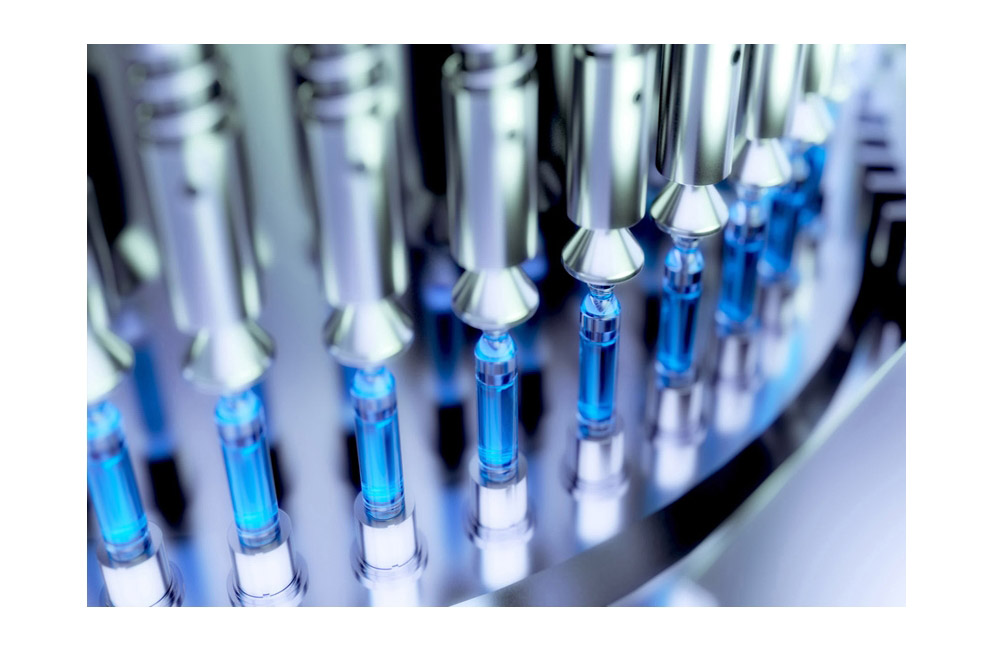Introducing you to cGMP for Quality Assurance

Manufacturing of drugs is very often a complex process – employees keep changing, efficiency of machines decreases over time, raw materials might not be delivered in the condition you expected. So, there is potentially some uncertainty at many steps. Having a strong regulation like cGMP in place eliminates the possibility of a defected or adulterated product reaching the market. Protection of public health in the US by providing safe foods and drugs is the overall goal which must be achieved. This is the FDAs main purpose of the enforcing the cGMP.
The Rules of cGMP
The CFR (Code of Federal Regulations) rules related to pharmaceutical and biotech industry are:
21 CFR Part 210 – It is the general part of cGMP for quality assurance governing the production, processing, packaging and storage of products. Remember that it regulates the activities only until the product has not entered the distribution system. Once your product is packaged and sent out, another rule becomes valid.
21 CFR Part 211 – This part of FDA codifications relates to cGMP for finished pharmaceutical products that have entered the distribution chain. For example, leakage of chemical from an instrument during processing is considered in Part 210, but the unexpected exposure to moisture or heat during transportation falls under Part 211.
21 CFR Part 600 – This part pertains to biological products. It tells you about key definitions used in biotechnological industry, standards to be maintained in the manufacturing premises, inspection requirements and reporting procedure during adversity.
21 CFR Part 11 – It relates to the criteria under which the electronic documents, electronic signatures and electronic records can be considered reliable, trustworthy and hold the same value as paper records. Even the document submissions you make to FDA through electronic medium should adhere to Part 11. Training Your Employees in cGMP
Any rule or guideline cannot be followed satisfactorily unless the employees have in-hand experience of adhering to them. Therefore it’s your responsibility to ensure that the staff is fully trained and certified in cGMP for quality assurance of products. Employees should be able to identify and document once happened any error in process and documentation such as contamination, cleanliness, sampling, testing, packaging, etc.
Once trained, it’s time to assess the effectiveness of training. Evaluate every staff member to see if they have developed necessary competencies to meet the guidelines of cGMP for quality assurance of your drugs.
What Happens When You Fail to Meet the cGMP Standards?
If you fail to meet the cGMPs you violate US law with the consequence of sanctions which might impact your products or overall company presence in the US.
